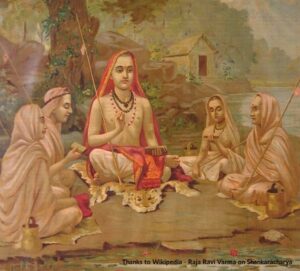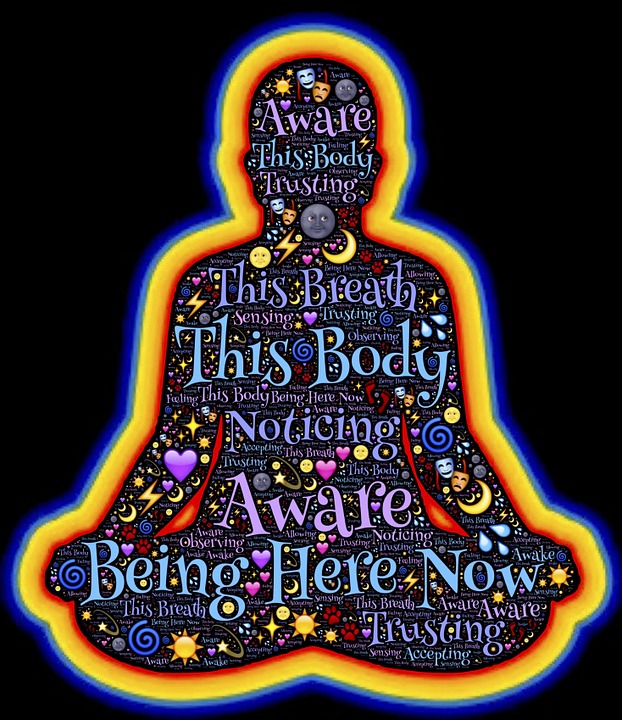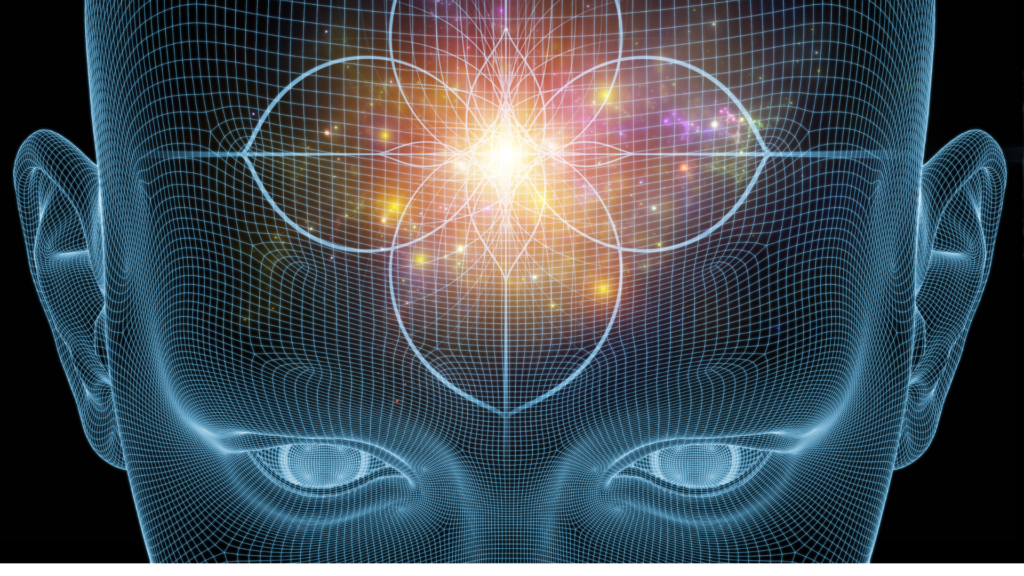What is shad-darśana?

Firstly, shad-darśanaare part of the āsthika (orthodox philosophy), or orthodox school of philosophical tradition which accepts the Vedas as the root of all knowledge. Conversely, the opposing school is called nāsthika (that which does not accept āsthika).
What are the various schools of darśana.
Importantly, Āsthika philosophy or methodology can be branched into six schools called shad-darśana (six visions).
Shad-darśana comprises six schools –
- nyāya (logic),
- vaiśeṣika (understanding the nature of elements),
- sānkhya (the understanding of the Truth (tattva), the union of prakriti and purusha along with the impact of the guṇas),
- yoga (yoking of one’s identity with his or her manifestation),
- mīmāṃsā (correct application of rituals) and
- vedānta (understanding the brahman, the soul, liberation and the various ways to get there).
How are the various hypothesis tested in the various schools?
The key aspect of proof rests on 6 methods of hypotheses testing, these are called pramāṇa (means of knowledge), and comprise pratyakṣa (personal vision), anumāna (inference), upamāna (comparison and analogy), arthāpatti (postulation and derivation from evidence), anupalabdhi (non-apprehension or negative cognitive proof) and śabda (verbal testimony).
Explanation of the various elements of shad-darśana.
Nyāya (logical reasoning) –
Nyāya consists of the following padhārtha (categories) –
- pramāṇa (valid means of knowledge or knowledge sources),
- prameya (objects of valid knowledge), saṁśaya (doubt),
- prayojana (aim), dṛṣṭānta (example),
- siddhānta (conclusion or accepted position),
- avayava (members of syllogism or inferential components),
- tarka (hypothetical/suppositional reasoning),
- nirṇaya (settlement or certainity),
- vāda (discussion or debate for truth),
- jalpa (wrangling or disputation),
- vitaṇḍā (cavilling or destructive debate),
- hetvābhāsa (fallacy or pseudo-provers),
- chala (quibbling or equivocation),
- jāti (sophisticated refutation or misleading/futile objections) and
- nigrahasthāna (point of defeat or clinchers).
Importantly, nyāya school requires four sources of valid thought for a concept to be accepted – pratyakṣa (perception), anumāna (inference), upamāna (comparison), śabda (testimony or valid source).
Vaiśeṣika (atomism) –
Firstly, vaiśeṣika is the logic that all material is formed by atomic combination of four substances – earth, water, fire and air. Vaiśeṣika postulates that all experiences can be derived from
- dravya (substance – construct of atoms, their number and arrangement),
- guṇa (attribute – such as rūpa (form),
- rasā (taste), etc. totalling to 24 in all),
- karma (activities) – which like guṇa are dependent on dravya, but unlike guṇa where each material has a definite purpose, karma is transient in nature;
- sāmānya (common properties which join substances);
- viśeṣa (uniqueness) which defines each substance,
- samavāya (internal dynamics of a union) examines the cause and effect which affects the relationship between substances and their environment.
Lastly, vaiśeṣika requires two sources of valid thought for a concept to be accepted – pratyakṣa (perception) and anumāna (inference).
Sāṅkhya (rationalization) –
Firstly, sāṅkhya is a rationalist school which delves into the relationship between the puruṣa and prakriti along with the dynamics of various guṇas (sattva – harmony or balance, rajas or passionate and tamas or obdurate or confused).
Also, sāṅkhya school requires three sources of valid thought for a theory to be accepted – pratyakṣa (perception), anumāna (inference) and śabda (testimony or valid source).
Yoga –
Importantly, yoga can be any of the major yogas – jñāna (knowledge), bhakti (devoution), karma (action), hatha and rāja yoga as propounded by Patanjali.
Furthermore, yoga is a cognitive existentiality school which requires three sources of valid thought for a concept to be accepted – pratyakṣa (perception), anumāna (inference) and śabda (testimony or valid source).
Mīmāṁsā –
Firstly, mīmāṁsāalso called pūrva-mīmāṁsā or karma-kāndha, this means reflection or critical investigation. Also, this school is the study of the Vedas, and its translation into everyday usage in the form of dharma, karma and rituals.
Importantly, mīmāṁsā requires five sources of valid thought for a concept to be accepted – pratyakṣa (perception), anumāna (inference), upamāna (comparison and analogy), arthāpatti (postulation and derivation from evidence) and śabda (testimony or valid source).
Vedānta –
Vedānta is also called uttara-mīmāṃsā (higher enquiry) or jñāna-kanda is a collection of divergent philosophies grouped together, drawing as inspiration from the upaniṣad, brahma-sūtra, bhagawad-gita etc. Additionally, there are many schools of vedānta, best known among them are advaita, dvaita, viśiṣṭādvaita. In fact, the various schools of worship such as śaivam, śāktya, gaṇapatya, kaumāram, vaiṣṇavam, śauryam emerge from this philosophy.
What is brahma-sūtra?
Brahma-sūtra – is a text which summarizes and systemizes the spiritual and philosophical ideas of the upaniṣad. Importantly, it consists of 555 verses in 4 chapters, each chapter being divided into 4 parts. Additionally, each part is further subdivided into sections or ādhikāraṇa of which there are 189, covering the following topics,
- Viṣaya– topic of the section,
- Vismāyā – issue at hand/doubts/problem statement,
- Pūrva-paksha – introduction to the solution/background,
- Siddhānta – theory and arguments/solution and concept/doctrine,
- Samgati– threading of logic to form a cohesive and comprehensive argument/conclusion.
This sūtra was likely to have been composed between 300 BC and 500 AD because, in addition to trying to give a metaphysical meaning to Brahman, it also rebuts the philosophical positions of Buddhist and Jain tenets.
What you should know after reading this blog;
- What is āsthika as opposed to nāsthika?
- Explain shad-darśana and its elements?
- What are the various valid and acceptable sources of proof for a vision?
- Explain brahma-sūtra? What is their significance?


